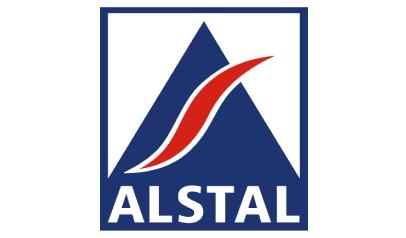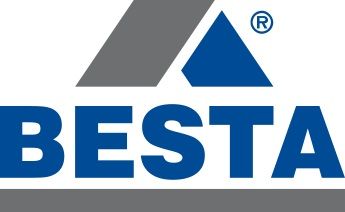Jednym z elementów, który decyduje o trwałości nawierzchni bitumicznej jest odporność na deformacje trwałe, tzw. koleinowanie. Badanie to określa norma PN-EN 12697-22
Każdy projekt mieszanki mineralno-asfaltowej na jezdnie obciążoną ruchem powyżej kategorii KR 2 wymaga spełnienia warunku odporności na deformacje trwałe. Dotyczy to każdej warstwy konstrukcyjnej.
Badanie koleinowania wykonujemy na etapie projektowania mieszanki mineralno-asfaltowej. Mieszanka powstaje w warunkach laboratoryjnych, następnie przygotowuje się próbki o odpowiednich wymiarach stosują prasę do zagęszczenia i poddajemy je pod obciążenie, które odwzorowuje przejazdy pojazdów.
Badanie polega na wykonaniu przejazdu po przygotowanej i odpowiednio rozgrzanej próbce normowym kołem, wykonując 10 000 cykli. Następnie oznacza się głębokość utworzonej koleiny i przyrost koleiny w czasie.
Badanie to pozwala określić parametry niezbędne do oceny trwałości wykonanej warstwy nawierzchni.
Badanie koleinowania można także wykonać na istniejącej warstwie dokonując weryfikacji poprawności wykonanej warstwy nawierzchni.
W tym celu wykonuje się otwór wiertnicą drogową w nawierzchni bitumicznej o średnicy 200 mm. Odwierconą i rozgrzaną próbkę również poddaje się pod obciążenie odwzorowujące ruch pojazdów.
Laboratorium BARG badania koleinowania wykonuje na urządzeniach Freundl, natomiast zagęszczarka do próbek jest firmy MATEST.
#koleinomierz
#BARGbadania
#badanieNawierzchniDrogowych
#badanialaboratoryjne
#badaniekoleinowania
#laboratoriumdrogowe
#laboratoriumBARG
Link do strony: https://barg.pl/oferta/badania-mma-i-nawierzchni-drogowych/
Resistance to permanent deformation of the asphalt mixture
One of the elements that determines the durability of the bituminous surface is resistance to permanent deformation, the so-called rutting. This test is specified in the PN-EN 12697-22 standard
Each design of asphalt mix for roadways with a traffic load above the KR 2 category requires that the condition of resistance to permanent deformation is met. This applies to each construction layer.
We perform rutting tests at the stage of designing the mineral-asphalt mixture. The mixture is created in laboratory conditions, then samples of appropriate dimensions are prepared, we use a press for compaction and we subject them to a load that reproduces the vehicle runs.
The test consists in running a prepared and properly warmed sample with a standard wheel, performing 10,000 cycles. Then the depth of the created rut and the increment of the rut over time are determined.
This test allows to determine the parameters necessary to assess the durability of the pavement layer made.
The rutting test can also be performed on the existing layer by verifying the correctness of the pavement layer.
For this purpose, a hole is made with a road drill in the bituminous surface with a diameter of 200 mm. The drilled and heated sample is also subjected to a load representing the movement of vehicles.
The BARG laboratory carries out rutting tests on Freundl equipment, while the MATEST sample compactor is used.
#wheeltracker
#BARGresearch
#RoadSurfaceTesting
#Laboratorytests
#gradingtest
#roadlaboratory
#BARGlaboratory
Link to the website: https://barg.pl/oferta/badania-mma-i-nawierzchni-drogowych/


























